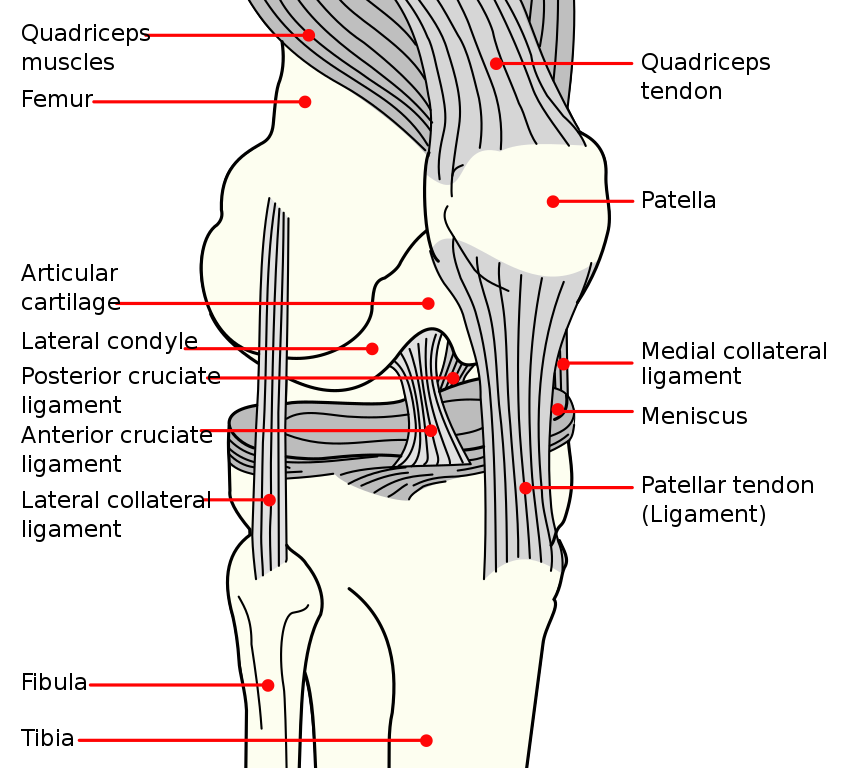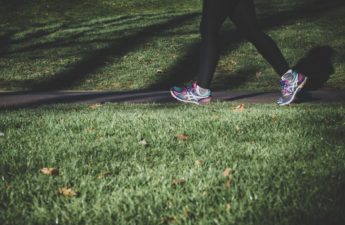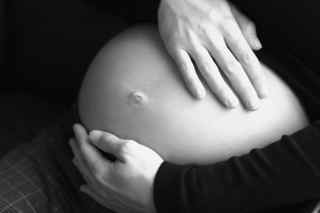
Karl Morgan, University of Bath
Between 25 and 30 players have missed out on the 2023 Fifa Women’s World Cup due to an anterior cruciate ligament (ACL) injury. While ACL injuries are reasonably common in athletes, the rate of this type of injury is almost twice as high in females than in males.
Yet this problem isn’t just restricted to elite athletes. Amateur and recreational athletes are also at risk. ACL rupture can also happen in non-sporting situations – such as a fall. Alarmingly, the number of serious knee injuries in young people is actually on the rise in many countries, including the United Kingdom, Australia, Germany, and the US.
The ACL is a band of tissue which attaches to the end of the thigh bone and top of the shin bone. It provides stability to the knee by preventing the shin bone from moving in front of the thigh. It also helps provide stability to the knee joint when rotating. Injuries to the ACL can happen through both contact (collision with another person or object) and non-contact (such as slowing down following a fast run or landing awkwardly during a jump).
Aside from the pain of an ACL injury and potential need for reparative or reconstructive surgery, there’s also another long-term consequence of serious knee trauma: post-traumatic osteoarthritis.
Post-traumatic osteoarthritis
Osteoarthritis is a joint condition which consists of both a disease and illness component. The disease component is where the joint tissues (including the cartilage and bone) deteriorate. The illness component is a range of ongoing physical symptoms – including, pain, stiffness, crunching or clicking of the joint, and a loss of function.
Not everyone with osteoarthritis will experience illness, but it does increase the risk of it. Further, people can experience the illness without signs of the disease.
Knee dislocations and fractures inside the knee can lead to post-traumatic osteroarthritis. Yet it’s meniscus and cruciate ligament injuries which hold the highest risk of developing the disease.
Research reports that around 12% of people who have undergone surgery to reconstruct their ACL after an injury go on to develop post-traumatic osteoarthritis disease within five years. Another study suggests that around 50% of people who have had an ACL injury or reconstructive surgery will develop post-traumatic osteoarthritis disease ten to 17 years later.
While not every person who develops post-traumatic osteoarthritis will experience illness, symptoms such as pain, crunching, clicking, swelling and stiffness are often experienced after an injury. And, in many cases, a person’s knee can feel better in the initial years after recovering from an ACL injury or having surgery – though it’s common that the knee is not as good as before the injury, or when compared to those who have not had a knee injury. One study also found that around 39% of participants who’d had ACL reconstruction experienced symptoms of osteoarthritis illness six years later – including knee pain.
Since most knee injuries happen between the ages of 18 and 40, this means that post-traumatic osteoarthritis could develop early in life for some – and may have a significant effect on their livelihood and quality of life.
Looking after your knees
Researchers still aren’t entirely clear on what risk factors increase a person’s risk of developing post-traumatic osteoarthritis. So at the moment the best approach of reducing your risk of this condition is to avoid a serious knee injury.
A key way of preventing injury is by doing the right types of exercise. Research recommends an exercise regime that includes plyometric training (jumping, bounding and hopping), strengthening movements (lunges, squats and heel raises) and agility drills (side-to-side hops). One study found doing these three types of exercises reduced ACL injury rates by 53% in young people who played sports such as football, handball, volleyball and basketball. Further, a meta-analysis demonstrated that these kinds of exercises also reduced the risk of non-contact ACL injuries by two-thirds in females.
But while these programmes can help reduce risk of knee injuries, many people find it challenging to stick with them in the long run. This means the protective benefits of the injury prevention programme are often missed. It’s uncertain why people find it difficult to adhere to these programmes, but time constraints are often a key reason.
Women may also be at greater risk of ACL injury. There’s no one main reason for this – it could be down to a number of sociological factors which, for example, may lead to lower levels of strength training in women. Further, anatomical, and physiological reasons may contribute to the increased risk.
After a joint injury, the only risk factor identified so far which may increase a person’s risk of developing post-traumatic osteoarthritis disease, is having a higher body mass index. This can be because a higher body mass index means you may place more force on the knee joint and overload your knee.
Further research is needed to identify other risk factors that may increase a person’s risk of post-traumatic osteoarthritis. But even if you have injured your knee before, it’s advised you keep active, look after your joints and avoid re-injuring your knee.
If you have been diagnosed with post-traumatic osteoarthritis, or are experiencing the symptoms, exercising and managing your weight are recommended. Undertaking certain exercises (such as squatting on to a chair) may help reduce knee pain if you experience it.
Karl Morgan, PhD Candidate, University of Bath
This article is republished from The Conversation under a Creative Commons license.
Read the original article.


